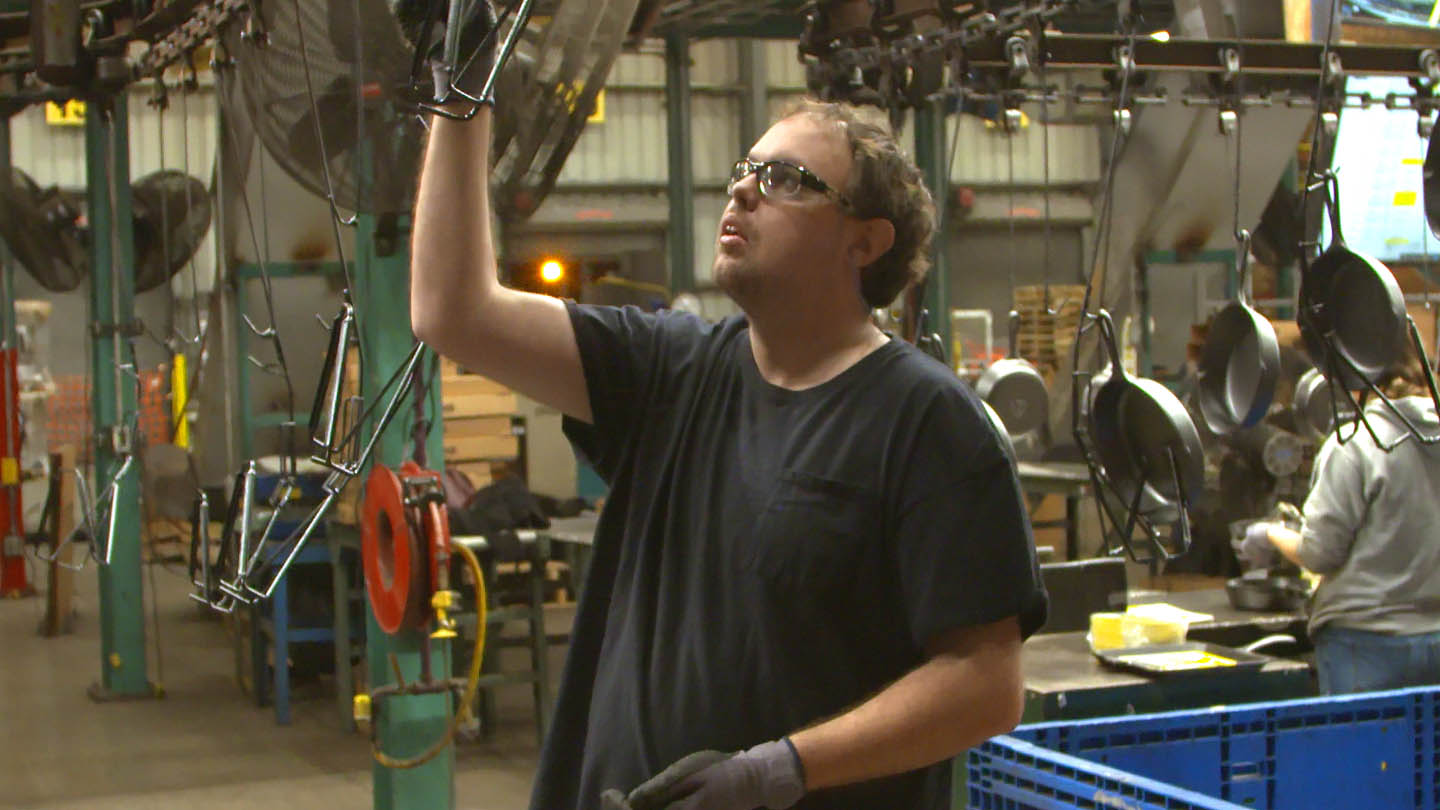Multifamily
Learn about key trends impacting multifamily real estate and best practices for managing apartment investments. From growing a portfolio to navigating the local market, experts share their top tips.
From startups to legacy brands, you're making your mark. We're here to help.
Key Links
Prepare for future growth with customized loan services, succession planning and capital for business equipment.
Key Links
Serving the world's largest corporate clients and institutional investors, we support the entire investment cycle with market-leading research, analytics, execution and investor services.
Key Links
Providing investment banking solutions, including mergers and acquisitions, capital raising and risk management, for a broad range of corporations, institutions and governments.
Your partner for commerce, receivables, cross-currency, working capital, blockchain, liquidity and more.
Key Links
A uniquely elevated private banking experience shaped around you.
Whether you want to invest on your own or work with an advisor to design a personalized investment strategy, we have opportunities for every investor.
For Companies and Institutions
From startups to legacy brands, you're making your mark. We're here to help.
Serving the world's largest corporate clients and institutional investors, we support the entire investment cycle with market-leading research, analytics, execution and investor services.
Your partner for commerce, receivables, cross-currency, working capital, blockchain, liquidity and more.
Prepare for future growth with customized loan services, succession planning and capital for business equipment.
Providing investment banking solutions, including mergers and acquisitions, capital raising and risk management, for a broad range of corporations, institutions and governments.
For Individuals
A uniquely elevated private banking experience shaped around you.
Whether you want to invest on you own or work with an advisor to design a personalized investment strategy, we have opportunities for every investor.
Explore a variety of insights.
Key Links
Insights by Topic
Explore a variety of insights organized by different topics.
Key Links
Insights by Type
Explore a variety of insights organized by different types of content and media.
Key Links
We aim to be the most respected financial services firm in the world, serving corporations and individuals in more than 100 countries.
Key Links
Learn about key trends impacting multifamily real estate and best practices for managing apartment investments. From growing a portfolio to navigating the local market, experts share their top tips.
All topics
No results found
Adjust your filter selections to find what you’re looking for

Real Estate
Blockchain’s role in commercial real estate
Apr 25, 2025
Understand how blockchain works and emerging applications in commercial real estate, including smart contracts and faster payments.

Real Estate
3 tips for navigating commercial real estate syndications
Apr 23, 2025
Syndicated loans are key to financing large commercial real estate projects, but they can be complex. These tips can help you strengthen your financing strategy.

Real Estate
3 tips to lower your commercial real estate insurance costs
Apr 23, 2025
Commercial property insurance costs are on the rise—and on track to increase nearly 80% by 2030. Al Brooks, Vice Chair of Commercial Banking at J.P. Morgan, details how to reduce costs.

Real Estate
2025 multifamily market update for real estate investors
Apr 21, 2025
A local look at what multifamily real estate investors in cities across the country can expect over the rest of 2025.

Real Estate
Denver multifamily market update
Apr 16, 2025
Transactions are beginning to pick up in Denver, plus key trends for investors to watch in 2025.

Real Estate
Higher education’s role in workforce housing development
Apr 14, 2025
Find out how colleges and universities can help meet the need for workforce housing—and why it’s a win-win for institutions and their communities.

Real Estate
The impacts of inflation on commercial real estate
Apr 09, 2025
Higher inflation can increase financing and operating costs and decrease property values. But an inflationary environment does offer opportunities for commercial real estate.

Real Estate
Investing in opportunity across the heartland of America
Mar 26, 2025
Small cities and rural areas across America face hurdles accessing investment that powers opportunity. Find out how JPMorganChase is ramping up investment to help close the gap.
You're now leaving J.P. Morgan
J.P. Morgan’s website and/or mobile terms, privacy and security policies don’t apply to the site or app you're about to visit. Please review its terms, privacy and security policies to see how they apply to you. J.P. Morgan isn’t responsible for (and doesn’t provide) any products, services or content at this third-party site or app, except for products and services that explicitly carry the J.P. Morgan name.